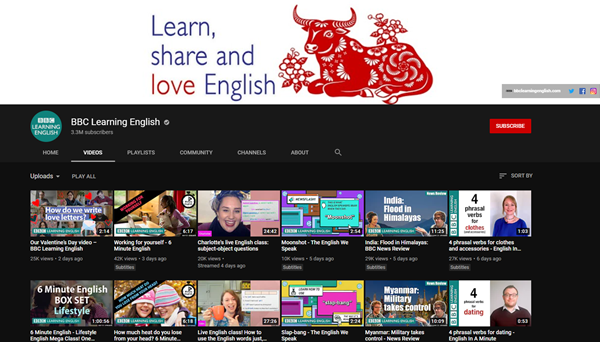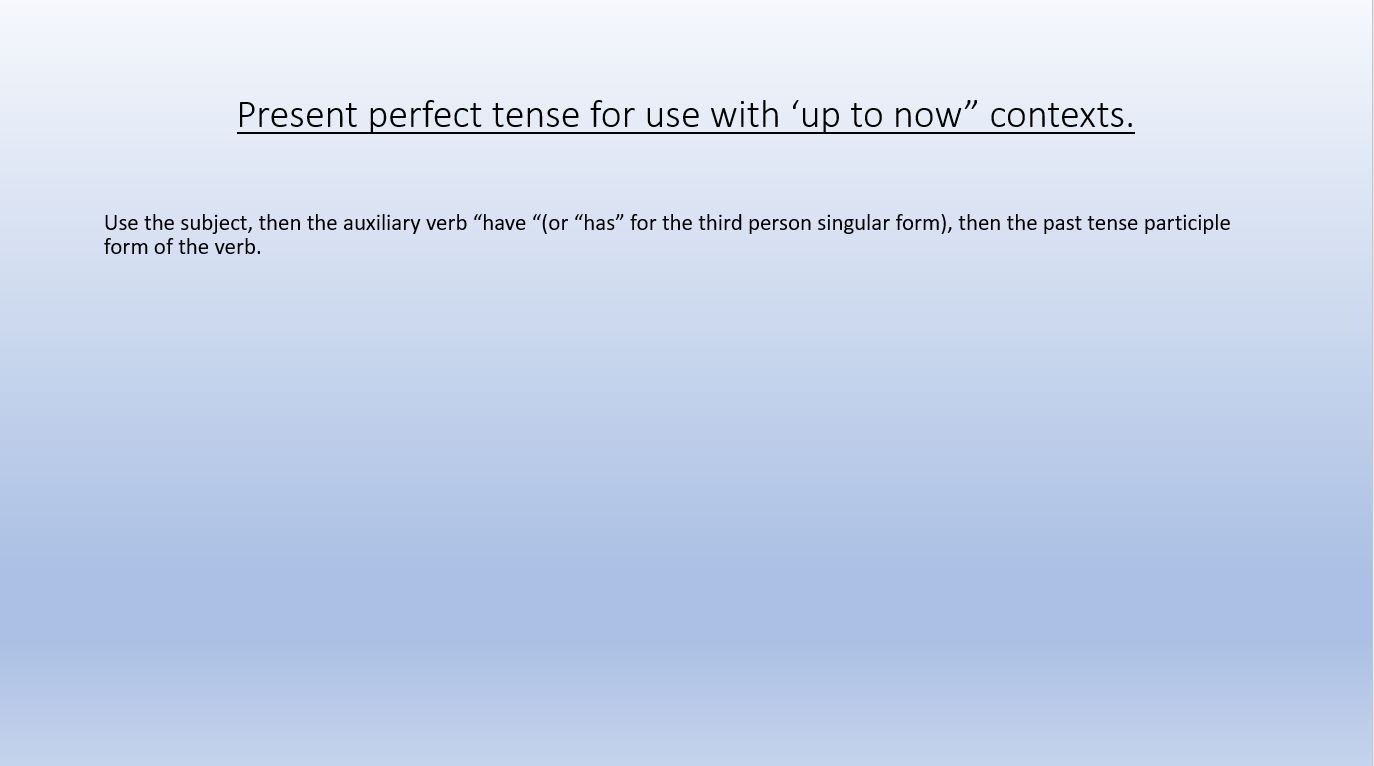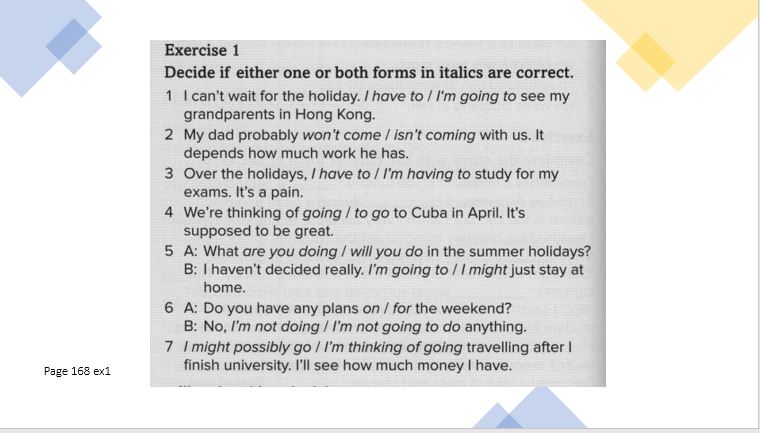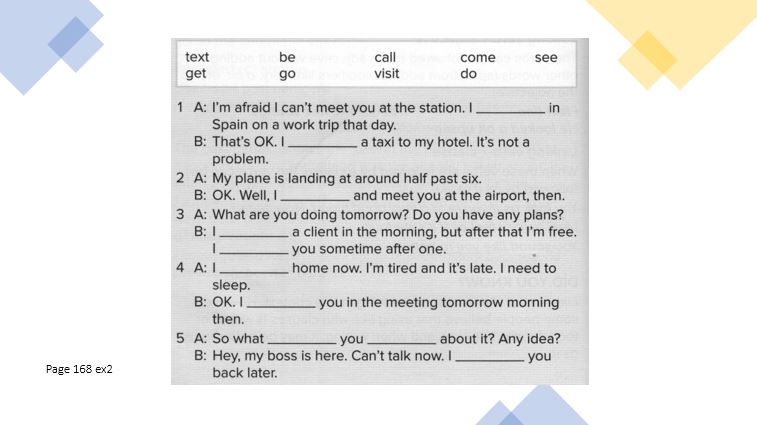“Hello teacher, for this lesson, can you teach the students past modals of deduction?”
Does this sentence scare you? If you are anything like me when I started teaching English, then it probably brings you out in cold sweats. Rest assured, you are not alone! If you, like many native speakers of English, weren’t taught grammar formally at school and you hardly know an auxiliary verb from an adverb, then this article is for you. Below are five steps to help you ace your grammar lessons when you head off on an English teaching adventure.
1. Don’t be afraid
Have you been speaking English for most of your life? Did you do your degree in an English-speaking University? Are you a native speaker of English? If the answer to any of these questions is “yes” then it is likely that your grammar is already fantastic. You might disagree, but let’s make something clear:
Grammar is not a huge list of terminology and technical rules that you have to know in order to speak a language.
Grammar is a way to describe the patterns and conventions that emerge when people actually use a language to communicate.

So, if you have been communicating a wide range of meanings to your friends, family, teachers, and professors for most of your life then you are probably something of a secret grammar nerd.
But now you need to teach grammar. So, you are going to have to start taking that implicit knowledge and imparting it to others. This is the key challenge for native speakers who are trying to teach grammar.
2. Do your reading
Now that you have overcome your grammar fears, what’s next? Well, it’s a good idea to take your implicit knowledge and convert it into explicit knowledge before you start teaching the topic.
Often native speakers know that something is correct “because it just sounds/ looks right”. This isn’t much help to your students who are relatively new to English. They need simple clear rules that they can follow when speaking or writing.
If your use of grammar is instinctive then it can be particularly challenging to convert that automatic use into instructions for second language speakers. So, you are going to need some help. Luckily, there is plenty available.
Whenever I need to teach a grammar topic, I start by looking it up in “Teaching English Grammar” by Jim Scrivener.
This is a fantastic book written for ESL teachers. The writer clearly explains the best ways to present a grammar topic and also gives great practical ideas that can help you plan lessons and create activities.
However, if £25 is too expensive, then any grammar reference book will help you. The idea isn’t to teach yourself grammar (your grammar is already great, remember?) but to read an explanation of a grammar topic by an expert so that you can explain the idea clearly to others.
Another fantastic resource, and a free one at that, is YouTube. If you need to teach present continuous, for example, then simply watch a free English lesson online and make some notes about how the teacher presents the concepts. There are lots of fantastic lessons out there, but I particularly recommend “BBC Learning English” and “Oxford Online English”.

The other huge benefit of watching YouTube lessons is that it gives you a chance to observe experienced teachers for free!
After spending some time researching the topic, rehearse explaining the concept to others. If you feel you know what to say then your work is done, if you still find yourself saying things like “because it just looks/ sounds right” then you need to spend some more time reading.
Now, this may all sound like a lot of work, but if you make good notes then you really only have to do the research once for each grammar topic, and the same topics come up again and again. It won’t be long before you breeze through grammar lesson plans without even opening your notebook.
3. Teach grammar in context
It isn’t a good idea to start a grammar lesson by saying: “Hello everyone, today we are going to learn about present perfect tense.”
Many of your students will feel nervous, some will feel confused and others will just be bored. So, it is best to try and avoid such dry terminology when presenting a topic.
Instead, you should start a lesson about grammar by talking about a context in which the language would actually be used. For example, you could say: “Hello everyone, today we are going to talk about travel experiences.” You could then teach the topic “present perfect” through meaningful sentences such as “I’ve been to Beijing” or “I’ve never tried hotpot”.
This rule doesn’t only apply to the beginning of the lesson. Throughout the lesson you should use the context to situate the grammar point in a “real world” context, so the students don’t become lost in the terminology. Here, for example is a bad way to explain a structure to students:

It has lots of terminology and very little meaning.
Here, in contrast, is a much better way to explain the same structure to your students:

You can see here that I have limited my use of terminology and focused instead on the context for the language. The colours are also intended to help the students connect the grammar form to the real sentence above.
Teaching grammar in context also really helps with lesson planning as it allows your plan flow naturally into discussion activities. It is always a good idea to work towards some sort of student led discussion, and this is far easier if you have taught the material with context.
4. Scaffold your lesson
What does scaffolding have to do with English teaching? Good question. But if you have done a TEFL or a CELTA course, you have probably heard this word used lots of times.
In English teaching, we use the word “scaffolding” to describe the process of supporting students as they build up their skills with a new topic. This is absolutely crucial when teaching grammar.
Once you have used your research and a relevant context to clarify the new grammar concept in an interesting and engaging way you need to teach your students to actually use that language practically.
It is not a good idea to simply present the language then set your students off to try and use it in a conversation or in a free writing exercise. Instead, you need give them exercises or play games that have lots of support (scaffolding) so that they can build up confidence and familiarity with the new idea. This is sometimes called controlled practice.
Here is an example:

In this exercise students have a choice of correct and incorrect answers for various “future plans” structures. They simply have to choose. This gives them lots of great support and is far easier than asking them to write their own sentences.
Next give them a slightly harder controlled practice exercise such as this:

Here the students have to choose the correct words from a list and add more words (or ‘ing’) so that the sentences make sense.
Continue to reduce support from the activities until the students are confident with the language.
Once the students are confident with the language it is important to give them a chance to use the new language independently. It’s time to remove the scaffolding!
For example, after various controlled practice exercises, I asked my students to make their own questions about future plans (we had also practised asking questions). Then the students mingled in the classroom and asked their classmates the questions.
5. Have fun!
Now that all might sound a bit dry, so thanks for bearing with me.
Here we come to one of the most important aspects of successfully teaching grammar to your students. You should try to make it as fun and engaging as possible. For the students and for you! It is a total misconception that grammar has to be dry and boring. A good teacher will create activities that engage and excite the students, whatever the topic.
Many textbooks have exercises that seem dull at a glace but can quite easily be converted into engaging activities.
You could convert an activity into a quick-fire quiz with teams racing to grab a ball before speaking. You could stick questions on the walls around a classroom and get students to race to complete all the questions. You could devise a target game on the board in which a correct answer allows the student to throw a ball at the target to win points for their team. You could create a giant snakes and ladders game on the board and ask different questions on each square. You could buy a giant dice and get students to roll the dice to choose a question or win points.
In short, there are lots of possibilities and it is your job to be creative and make a dry textbook exercise into a fun filled activity that will stay with your students far longer than a simple worksheet.
This being said, it is very important that your first controlled practice activity is just a simple worksheet. Your students need a moment to get to grips with an idea without the pressure of a competition or a game. Once they get the basic idea though, it’s all about having fun and keeping them engaged.
To wrap up…
If you can get past the grammar anxiety, do your research, teach in a realistic context, scaffold your lesson, and have fun doing it, then you will make a wonderful English teacher. Remember, you don’t have to teach everything all at once, so keep your lessons focused without branching off into ideas that you aren’t ready to teach yet.
I hope this article has helped you and I wish you lots of luck on your teaching adventures (be they online or in the classroom).
About the author





